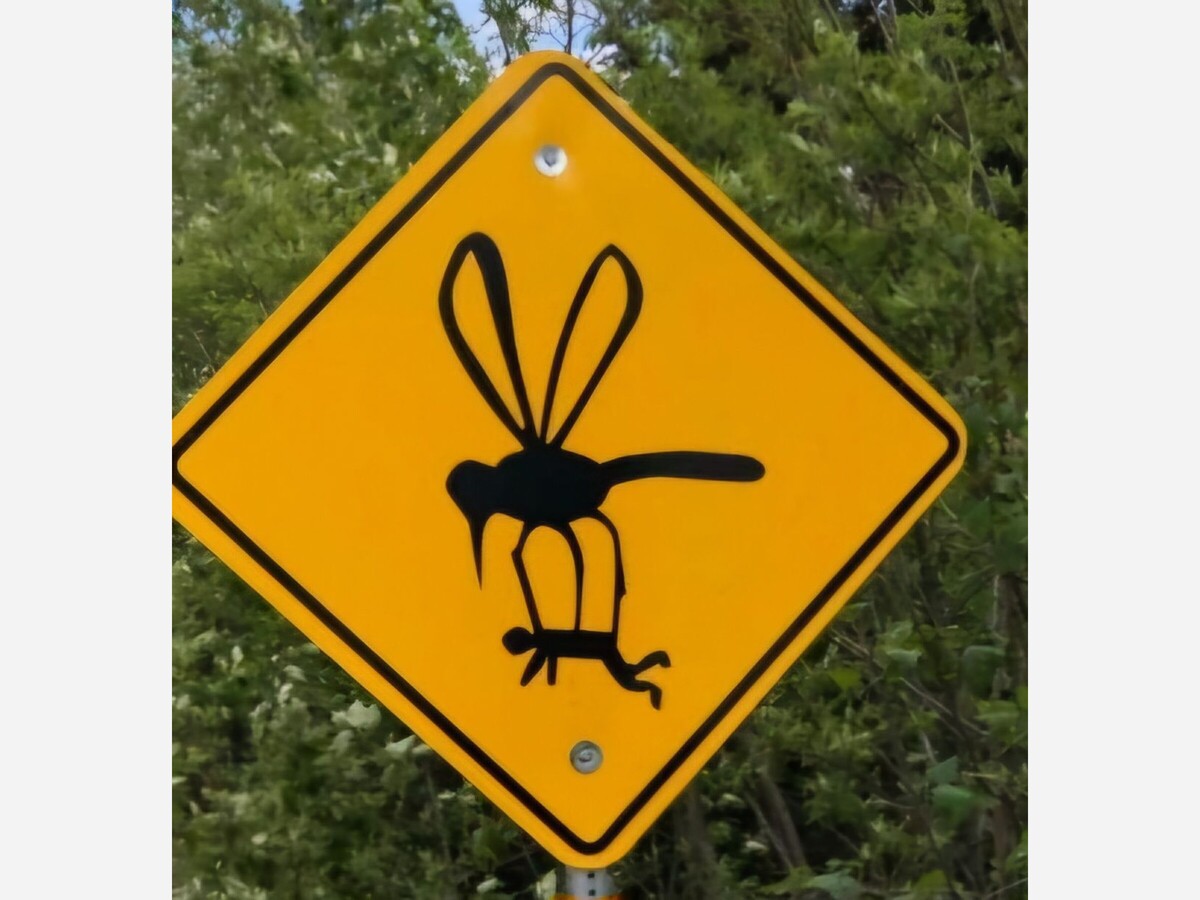Image


Maui officials are busy making emergency response plans in case the controversial dumping of experimental lab-altered mosquitoes on open east island spaces goes terribly wrong.
A multi-agency project was initiated in November 2023 to release billions of bacteria-infected mosquitoes over 64,666 acres on the east side of Haleakala, roughly from south of Huelo in the northwest, down to open lands north of Kaupo.
The mosquito dumping began even though the entire project is being legally challenged on environmental and other grounds.
Considering what happened with untested experiments that resulted in the Covid-19 virus and emergency, Maui County officials are spooked about the unknown with these bugs.
“If it sounds familiar, it’s because we’re all aware of how dangerous the experiments were in Wuhan in 2019,” said Moses Malama, director of forest preservation for the county. “We have no idea what the end result will be with releasing over 40 billion lab-altered mosquitoes each year on east Maui. We could be facing future Frankenstein-like scenarios. Who knows?”
To prepare, the county has instigated design and creation of new signs to be posted around the island warning residents and visitors that a weird bug experiment is happening near ~ or even above ~ them. A county emergency response team is currently considering other potential actions.
“The state needs to complete an environmental impact statement before any of this infected mosquito dumping,” said Lacee Ontiveros, a Hana resident who has teamed with neighbors to monitor and fight the project. “Until they stop, the county needs to be ready with as many tools as possible to warn people who have not been properly informed, nor gave their consent to be bitten by lab-altered mosquitoes.”
Malama agrees, saying until such a study is completed, the county should take cautionary measures to protect human beings nearby. “This dumping is expected to last 20 years,” he said, “so the least they can do is take the time to study all impacts from a human public health perspective. We also need to know how this will impact animals and other insects, as well as the water supply and other natural resources. In reality, no one knows, yet the mosquitoes are being dumped now.”
Hawaii Unites, a nonprofit organization dedicated to the conservation and protection of the environment and natural resources statewide, continues to challenge what is called the Mosquito Control Research Using Wolbachia-based Incompatible Insect Technique.
The project is promoted as an effort to control the overall population of mosquitoes, in a broad effort to “save Hawaii’s endangered native birds.” However, since the end result has not been properly studied, the project could end up doing the opposite of saving birds, Hawaii Unites officials contend.
“They could wipe out the whole balance of the ecosystem by trying to play God,” said Tina Lia, founder and president of Hawaii Unites, in an interview with Maui Insight in June.
The project is a multi-agency effort involving two state agencies and the National Park Service, which manages Haleakala National Park, portions of which are being flooded with new mosquitoes. The state agencies are the State of Hawaii Department of Land and Natural Resources, and the Board of Land and Natural Resources.
The agencies ordered helicopters and drones to start dumping the mosquitoes at the end of 2023, despite an ongoing court appeal by Hawaii Unites.
The Hawaii Unites appeal includes challenges to the lack of study of the risks and potential significant impacts of the project; the experimental nature of the plan; the introduction of foreign organisms into the islands; Wolbachia bacteria causing increased pathogen infection and disease-spreading capability in mosquitoes; and conflicts of interest.
The appeal also notes the lack of mitigation protocols for accidents such as horizontal transmission of Wolbachia and unexpected evolutionary events; population replacement; male mosquitoes transmitting pathogens and viruses to females through mating; Environmental Protection Agency guidelines allowing for the weekly release on Maui of up to 3,103 lab-infected females that bite, breed, and spread disease; failure to disclose pathogen screenings; lack of documented biosecurity protocols; and the potential for the lab-infected southern house mosquitoes to transmit diseases to people and animals, including endangered native birds.
“Our case can set a precedent to strengthen Hawaii’s environmental laws and impact the course of this agenda worldwide,” states the website for Hawaii Unites.
To date, the county has ordered multiple options for new mosquito warning signs, including one that very clearly conveys that there is potential for great impact to humans from the biotech-altered mosquitoes.
Other ideas include purchasing and distributing goggles to protect the eyes of passersby from clouds of infected mosquitoes, and possibly bringing back the surgical mask mandates pushed for the Covid pandemic.
“We’d hate to bring back the masks,” Malama said, “but who wants to suck in mosquitoes purposely infected with a bacteria? It’s grody.”